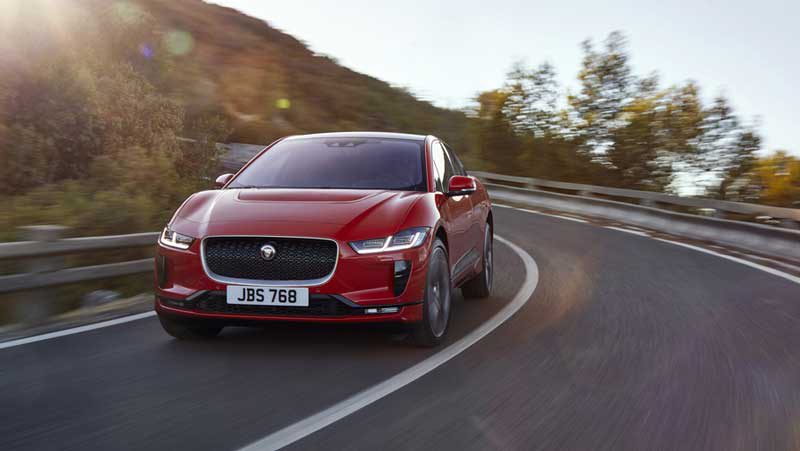The federal government has – for the second year in a row – raised the luxury car tax threshold for electric vehicles in Australia, bumping it up by just under $2,000 to create a $10,000 gap between the threshold for EVs and “fuel efficient” cars and that for petrol cars.
Starting July 1, level of LCT for electric vehicles and fuel efficient cars will be further relaxed to $79,659, up by just under $2,000 from $77,565 in the 2020/21 financial year. The threshold for ICE cars, meanwhile, was raised by just a few hundred from $68,740 last financial year to $69,152.
The lift in the LCT – which imposes a tax of 33 per cent for the cost of the vehicle above the threshold – marks the second in a row, following a period of more than a decade where the LCT level for EVs had increased by a paltry total of $526, while over the same period the LCT for inefficient fossil fuel cars jumped from $57,180 to $67,525.

The latest LCT movements were welcomed by Australia’s Electric Vehicle Council as “good news” for EV buyers, particularly as a number of new models will come in below the new threshold, including the Tesla Model 3 Standard Range Plus, the newly launched Kia e-Niro, the Nissan Leaf e+ and the Hyundai Kona and Ioniq EVs.

And while this is, no doubt, progress, there are calls to abolish the LCT altoegther for electric vehicles, particularly in light of the Australia’s slow uptake of EVs and lack of policy support.
The EV industry has also argued that lumping EVs and “fuel efficient” cars in the same category is problematic, given that for the purposes of the LCT “fuel efficient” includes those cars that claim to consume up to seven litres of petrol for every 100kms.
That means that even cars such as Porsche v6 turbo diesels are avoiding LCT, and it also means that Audi Q7 diesels get the same treatment as the electric Audi E-tron.
The Senate inquiry into EVs run by independent Tim Storer heard that reducing the threshold for LCT to $57,000 for inefficient petrol and diesel cars, and tightening the limit to 4l/100km, would save $1.5 billion over four years, and more than $5 billion out to 2028 – plenty of money to provide further incentives for EVs.
there are some simple budget-neutral measures that could dramatically speed EV uptake.
(in a nutshell: reduce the efficiency threshold to qualify as a low emissions vehicle for luxury car tax exemption, and apply some of the proceeds to reducing taxes on EVs.)
— 💧simon holmes à court 💉 (@simonahac) May 30, 2021
“We believe that the luxury car tax (LCT) should be abolished for EV/Hybrid vehicles as a direct incentive to purchase more environmentally friendly vehicles. United States currently still offer a federal tax credit as an insensitive to purchase EV/hybrid vehicles,” wrotes Brenton Sword, who started a petition on change.org.
The Driven Podcast: New Niro, Leaf’s V2G, and Victoria’s EV subsidy

Sophie is editor of One Step Off The Grid and deputy editor of its sister site, Renew Economy. Sophie has been writing about clean energy for more than a decade.

